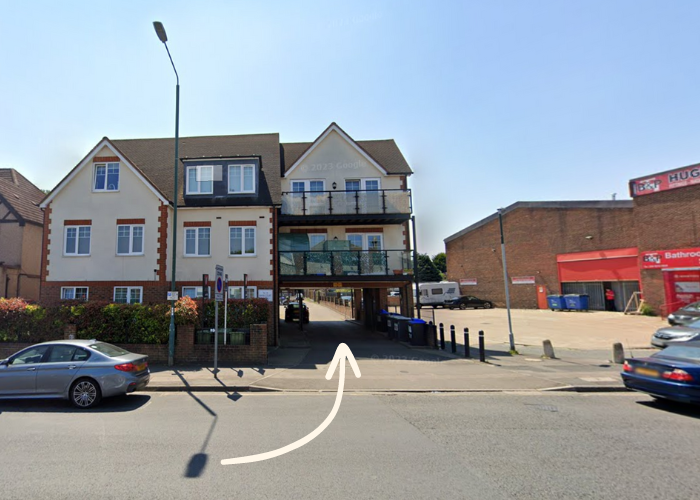Dental Crowns & Bridges at Bellegrove Dental
Dental crowns and bridges are key components of restorative dentistry, designed to repair and enhance both the functionality and appearance of your teeth. Whether you need to restore a single tooth or replace multiple teeth, we will help you understand your options and the benefits of each.
What are dental crowns?
Dental crowns, also known as caps, are custom-fitted coverings that are placed over a tooth or dental implant. Crowns are used to restore a tooth’s shape, size, strength, and appearance. They are necessary when a tooth is damaged or decayed to the point where a filling cannot provide proper restoration.
What are dental bridges?
They are used to replacing one or more missing teeth by spanning the space where the teeth are absent. Bridges are cemented to the natural teeth or implants surrounding the empty space. These teeth, called abutments, serve as anchors for the bridge, while a replacement tooth, called a pontic, is attached to the crowns that cover the abutments.
Types of dental crowns & bridges
Porcelain or ceramic
They offer a natural colour match and is preferred for front teeth.
Gold or metal alloys
These materials are extremely durable and are often recommended for back teeth.
Porcelain fused to metal
These provide a strong, durable structure with a natural appearance.
The procedure
The typical process for getting a crown or bridge involves several steps:
- Preparation: The dentist prepares the tooth or teeth involved, which may include reshaping to accommodate the crown or bridge.
- Impression taking: An impression of your bite is taken to design a crown or bridge that perfectly fits the prepared teeth.
- Temporary solution: A temporary crown or bridge is fitted while the permanent version is being made.
- Fitting: Once ready, the permanent crown or bridge is adjusted and cemented into place.
Differences between dental crowns & bridges
Dental crowns and bridges serve different purposes and are suited to different dental needs.
A dental crown is designed to cover and protect a single tooth that has been damaged or decayed. It acts as a cap, restoring the tooth’s shape, strength, and appearance, and is often used following a root canal procedure or to complete a dental implant.
On the other hand, a dental bridge is used to fill the gap left by one or more missing teeth. It consists of one or more false teeth, known as pontics, which are held in place by crowns that are fixed onto the natural teeth or implants next to the space. Essentially, while a crown is intended to restore and protect a single tooth, a bridge is aimed at replacing missing teeth and preventing the remaining teeth from shifting, thus maintaining the integrity of your bite and the shape of your face.
Dental Crown

Dental Bridge








Frequently Asked Questions
Crowns are recommended when a substantial portion of the tooth is damaged or decayed, and the structure is too weak to be restored with just a filling.
They can be made from several materials, including porcelain, ceramic, gold, metal alloys, or a combination of porcelain fused to metal.
Typically, it requires two appointments: the first to prepare the tooth and take impressions, and a second to fit the permanent crown or bridge.
The procedure is usually performed under local anaesthesia, so there is minimal discomfort. Some sensitivity might occur after the anaesthetic wears off but it usually subsides quickly.
Maintain good oral hygiene by brushing twice a day and flossing daily. It’s important to pay extra attention to the area around the crown or bridge to prevent plaque buildup.
With proper care, crowns and bridges can last many years. The longevity can vary depending on the material used, your oral hygiene habits, and the amount of wear and tear they experience.
Yes, a tooth with a crown can still get a cavity, especially at the gum line. Regular check-ups and good oral hygiene are important to prevent decay.
Bridges help restore your smile, improve your ability to chew and speak, maintain the shape of your face, and distribute the forces in your bite properly by replacing missing teeth.
Contact your dentist immediately if your crown or bridge loosens. Do not delay, as this can lead to further complications.
Focused on your smile!
With us, you can forget the stressful, daunting dental visits! At Bellegrove Dental, our team will always make sure that each visit is always relaxing, swift, and designed around your individual needs!


























